The Tuna Family
The tribe thunnini comprises 15 different tuna species, including yellowfin, skipjack, albacore, and bigeye. While all tuna share common features like perfectly streamlined bodies to reduce water resistance and double dorsal fins, there are distinct variations in size, colour, and preferred habitat between each species.
Our Bluefin Tuna
Also known as the thunnus orientalis, the Pacific Bluefin Tuna is a large pelagic fish that sits on top of the food chain. Capable of living up to 26 years, reaching sizes of 500 lbs (250 kg) and swimming at speeds of up to 18 mph (30 km/h), the sharp-eyed Pacific Bluefin Tuna is an apex predator in the northern Pacific seas.
The ultimate globetrotter.
The Pacific Bluefin Tuna is an extraordinarily transient species, with a migratory pattern that covers the entirety of the northern Pacific Ocean.
As a result of its extensive travels, management of the Pacific Bluefin Tuna fishery is an international effort that requires delegates from different countries to work together to establish quotas and monitor the health of Bluefin tuna stocks. Currently, Pacific Bluefin Tuna is managed by two separate regional fishery management organizations:
- Inter-American Tropical Tuna Commission (IATTC)
- Western & Central Pacific Fisheries Commission (WCPFC)
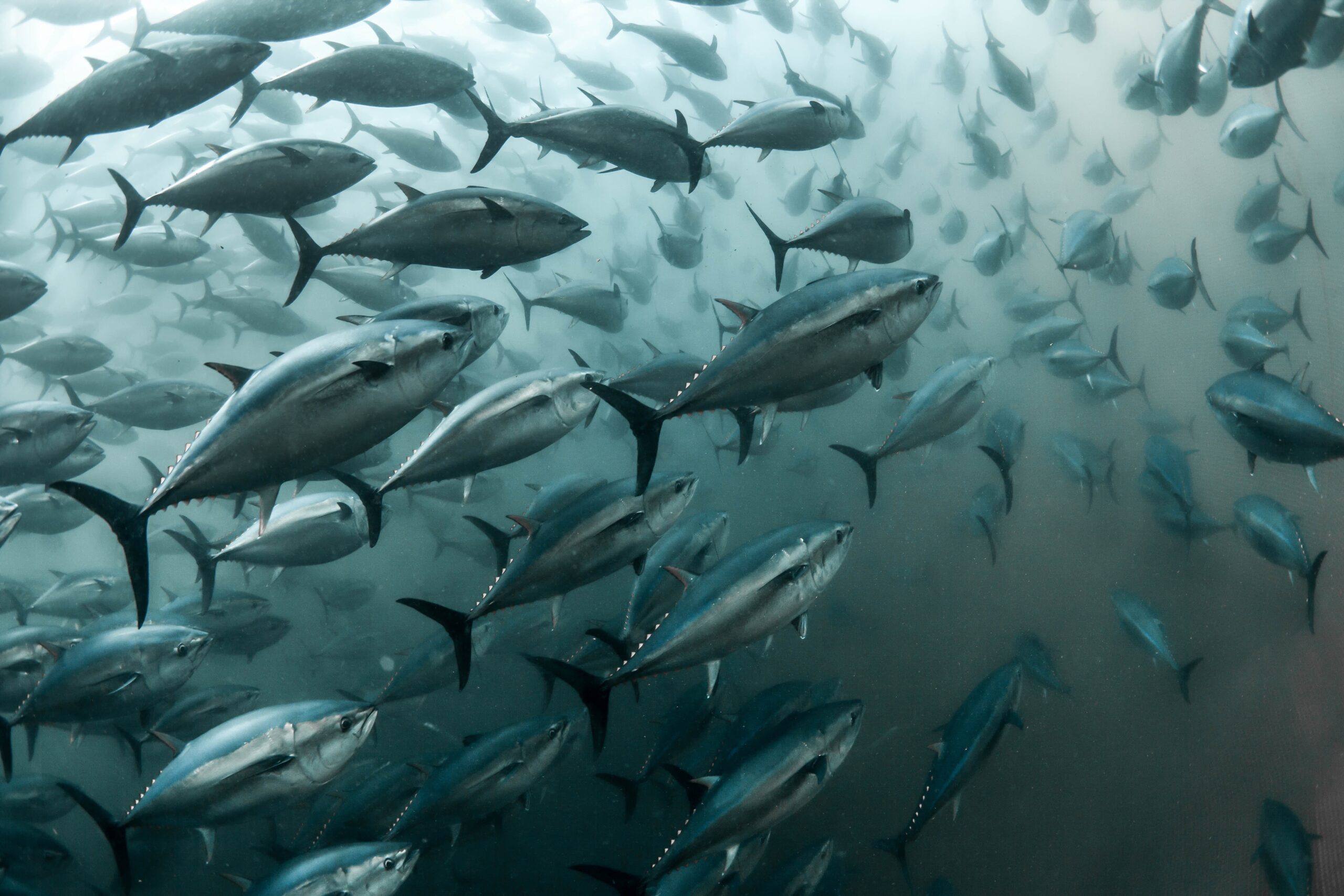
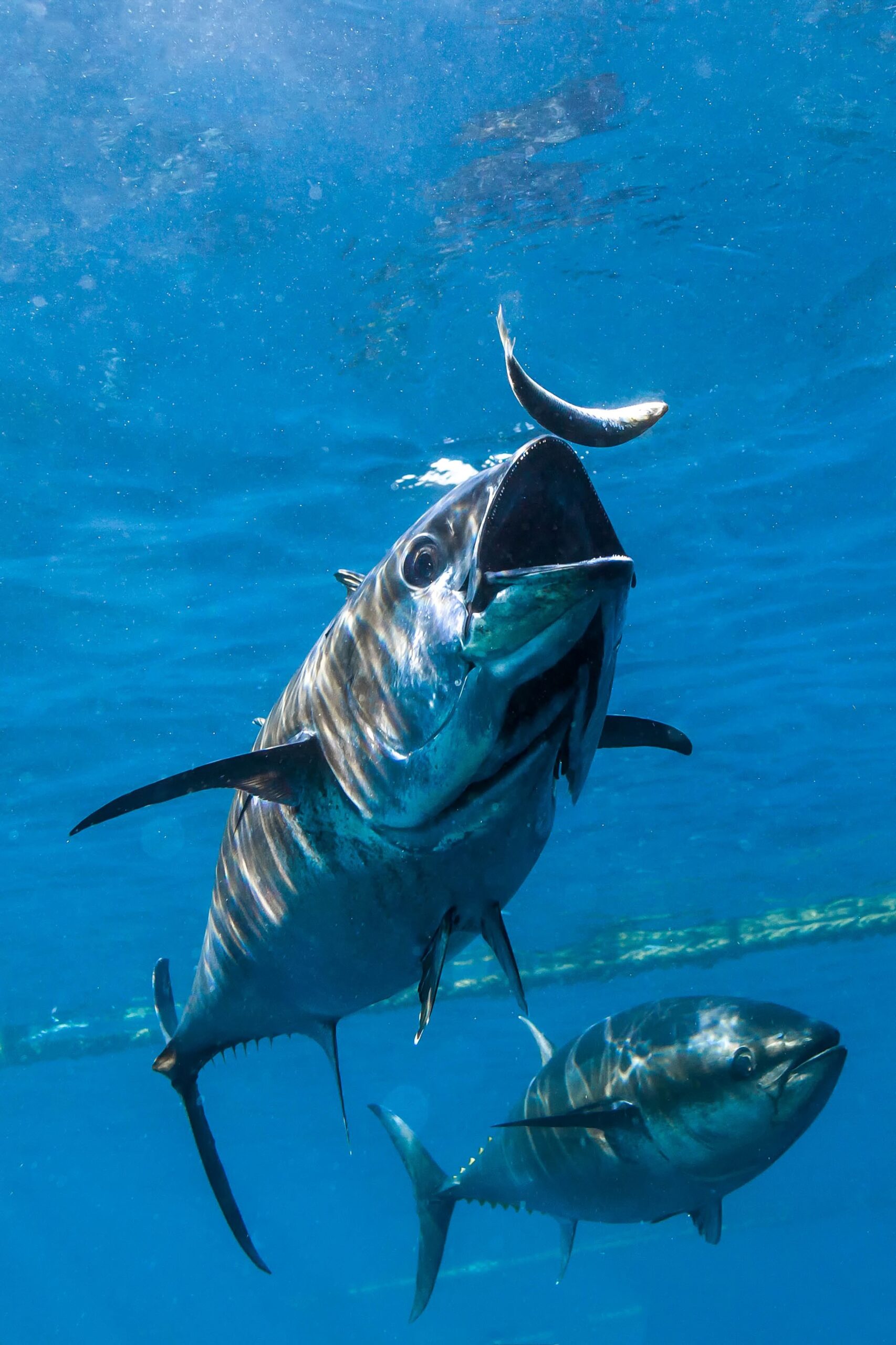
A legendary fish. An age-old tradition.
For most of history, the Pacific Bluefin Tuna was the stuff of legends. The mere spotting of the elusive beast was a cause for celebration. Every tale of its capture with handlines and simple poles as savored as the mighty fish itself.
But as technology advanced, humans were soon able to catch Pacific Bluefin Tuna with ease. Industrialization of fishing fleets, the deployment of highly effective fishing methods, and the lack of international regulation that limited fishing efforts brought the population to a historic low in 2010 when the Spawning Stock Biomass dropped to just 2%.
Since 2011, Pacific Bluefin Tuna populations have steadily increased, thanks to the joint development and implementation of an innovative adaptive harvest strategy set out by joint efforts between the IATTC and WCPFC.
Where science and tradition meet.
When it comes to the ocean, it’s all hands on deck.
In 2010, the percentage of Pacific Bluefin Tuna with reproductive potential (a.k.a. Spawning Stock Biomass) reached an all-time low. In response, the Western & Central Pacific Fisheries Commission (WCPFC) and Inter-American Tropical Tuna Commission (IATTC) swiftly established a new management strategy to rescue the Pacific Bluefin Tuna from the brink of collapse that established the following measures:
- Establishment of biannual management quotas per country
- Observers on every fishing vessel to ensure compliance with established quotas
- Fish under 30 kg (66 lbs) could not surpass 50% of total catch
- Two fishery rebuilding targets for 2024 & 2034
Due to the collective effort of scientists, academic institutions, individuals, companies, and our governing bodies, the first target (2024) was reached 5 years ahead of schedule. Recent research shows that the Bluefin tuna population is also comfortably on track to reach its second target (2034). According to recent NOAA modelling, since 2010 the Spawning Stock Biomass has increased fivefold and is now as high as it has been in the past 60 years.
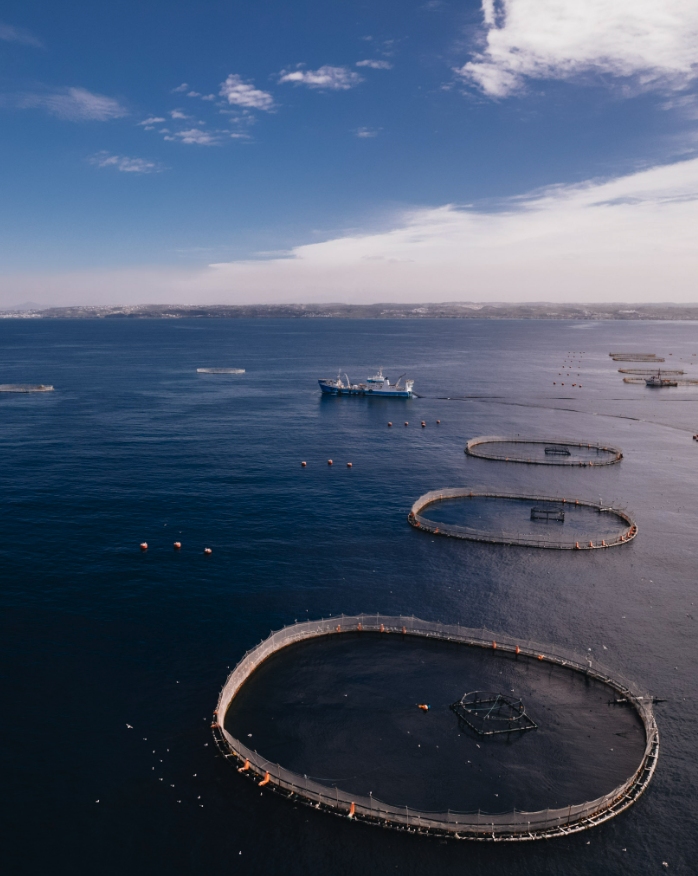
Ethically and responsibly raised with care.
We are proud to be part of the movement toward environmentally responsible tuna ranching, raising our Bluefin to the highest standards of quality and care. Which is why we:
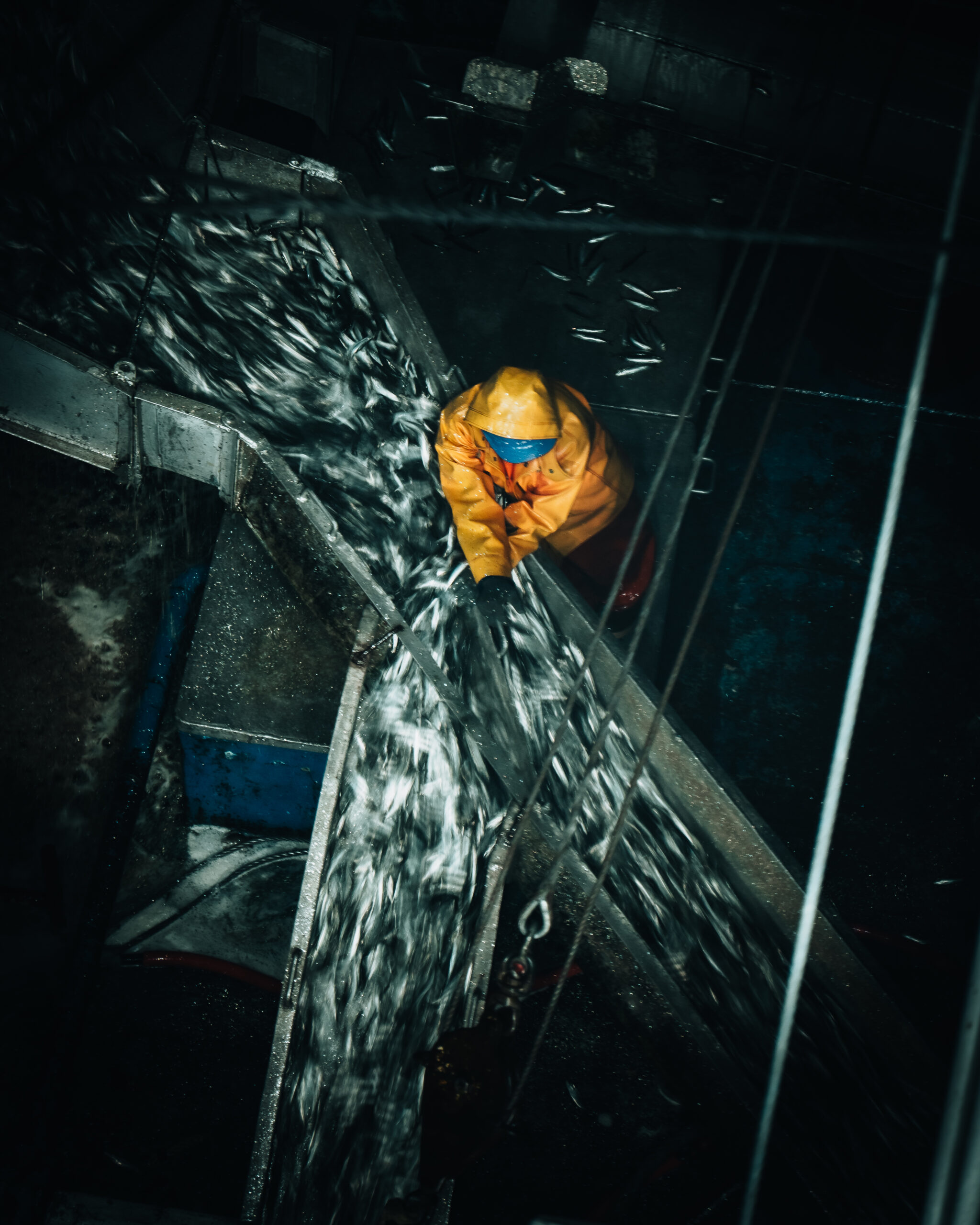
Use 100% fresh and locally sourced feed, free of antibiotics.

Monitor water quality 3x per day

Biannual benthic soil testing at ocean sites to assess environmental impact
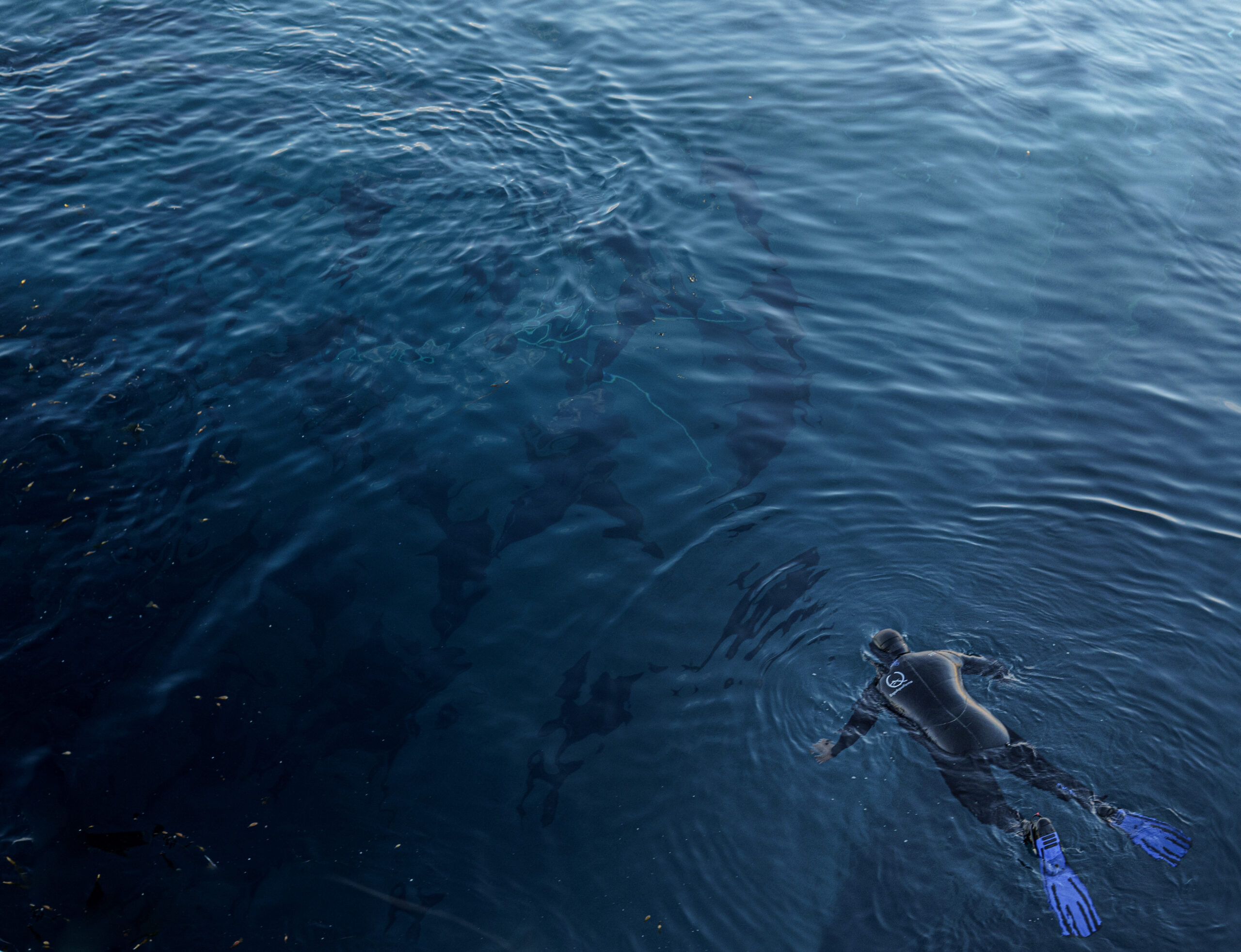
Practice optimal stocking density (at or below 5kg/m3)
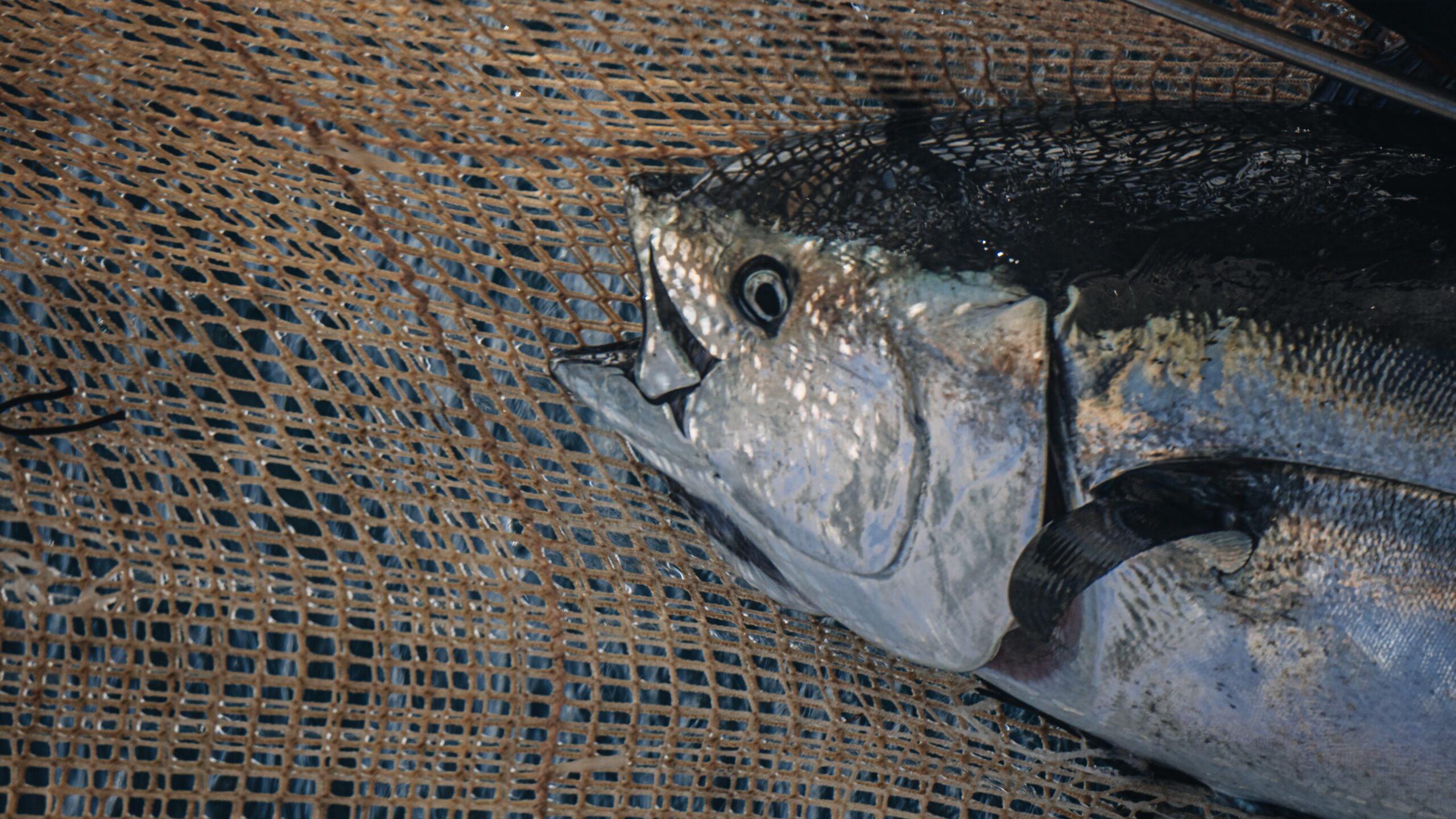
Have an exceptionally low mortality rate (under 2%)
Our values in action.
Learn more about our ethical aquaculture practices and commitment to environmental stewardship.

Capture
Our seafood is captured using sustainable methods to protect the resiliency of our marine ecosystems.

Farming
We have spearheaded important innovations that enhance fish welfare and promote efficient management of our marine resources, including the creation of a first-of-its-kind automated feeding system.

Harvest and Grading
It starts at our harvest where we ensure our tuna is harvested under the most ethical and humane way, combining stunning with the japanese method of ikejime. Afterwards, our tuna is meticulously processed to the highest of standards to ensure freshness and quality complying with the BAP processor certification.

Distribution
Our efficient and reliable distribution network ensures that our premium seafood reaches customers worldwide in under 36 hours, always preserving the cold chain along the way, maintaining freshness from ocean to plate.